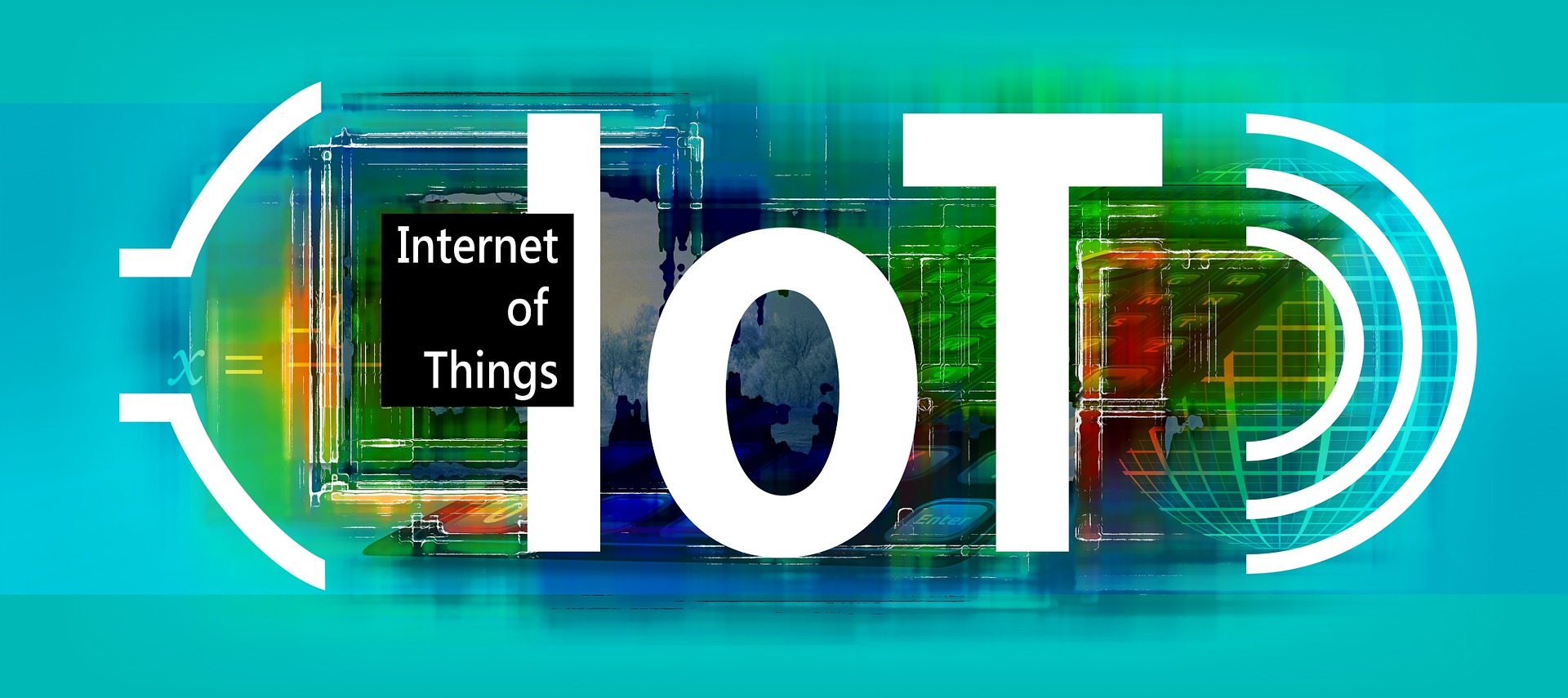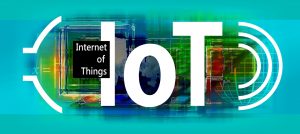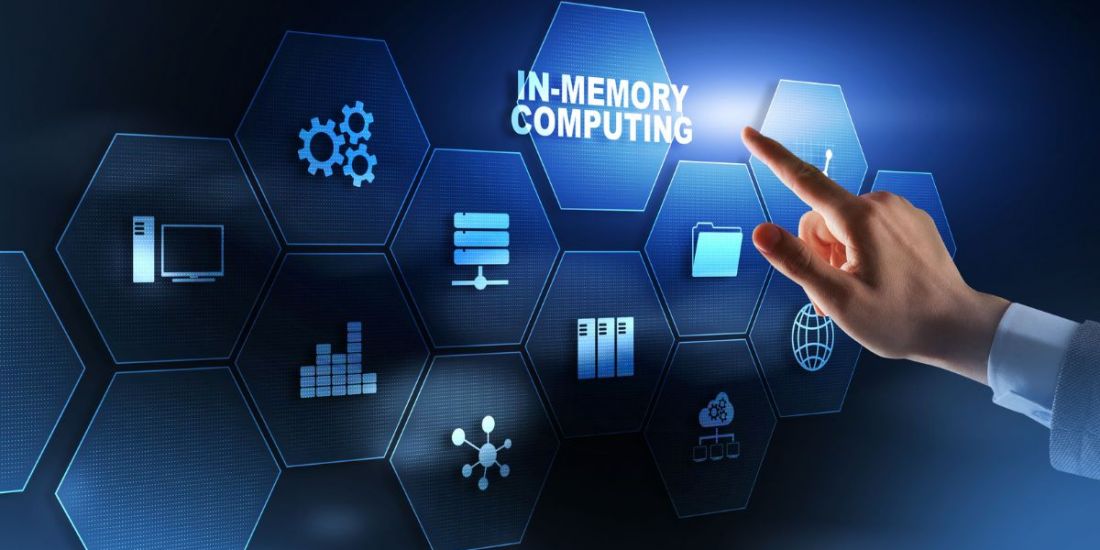
Internet of Things and its challenges
 Internet of Things had a substantial impact on society, economy, and why not, on culture as well. We can already see some changes in the way business work and operate, shifting to a efficient and cost effective model.
Internet of Things had a substantial impact on society, economy, and why not, on culture as well. We can already see some changes in the way business work and operate, shifting to a efficient and cost effective model.
But what do we mean by Internet of Things? The first thing we focus on, when we think about Internet of Things, is ‘things’ rather than ‘connectivity’. I could say that it’s partialy correct, as was the original idea when people coined the term – Internet of Things twenty years ago. But what’s important is not that we have things, but that these things produce data, on which we can run all kind of analytics to get insights. Ultimately, we will be able to help people make better and smarter decisions
The scope of collecting and communicating data triggers all kinds of sensitive information, such as purchasing patterns, access codes, driving habits. However, we have noticed that
many technologies used for the Internet of Things are not intended for secure communication. The repercussions are easy to guess: networks and data vulnerability. This brings us to these three main challenges around IoT:
Privacy and security. Since the system is controlled by the free markets, the risk for data security cannot be excluded. But what we call security is now a moving target, hardware and software degrade with age, while attacks increase in sophistication. Cyber management strategy, must also include vigilance to know when an attack happens and resilience to recover after an attack.
Connectivity seems easy enough, but when you deploy this globally, you end up with thousands of devices in between IoT and the servers, the Internet is not one network, there are proxy networks, firewalls and tunnels, all of these devices have their own challenges.
It is not too surprising that the Internet of things will raise all kind of questions about privacy and security. I think the ones about privacy will be the most serious to take into consideration. The reason lies in the following question: How are you going to tell if everything is monitored, measured and tracked?
Signaling. From the provider’s perspective, when you got your devices connected, you start thinking about the data which is absorbed and generated as data streams. We know that all connected devices have reliablity challenges, reliable two-way connectivity could streamline that process.
You want to sense and be immediately be aware of two or more things inter-connected that drop-off and also be alerted when they recover, including detail log information for compliance and auditing.
Power consumption. With machine-to-machine uses of Internet-of-Things the greatest challenge will be to minimize power consumption, we should all consider that powering IoT could become a major social problem when you think about the tens of billions of devices and batteries consumed.
Bottom line, the vast amount of real-time information is captured by a growing number of connected devices, which we use on a daily basis. This brings the following dilemma: Could our ability to collect the data trump our capacity to protect the data?
Let’s keep security on top of mind because as we bring more things online, we are making the processes more complex to secure.
Photo source: https://pixabay.com/




